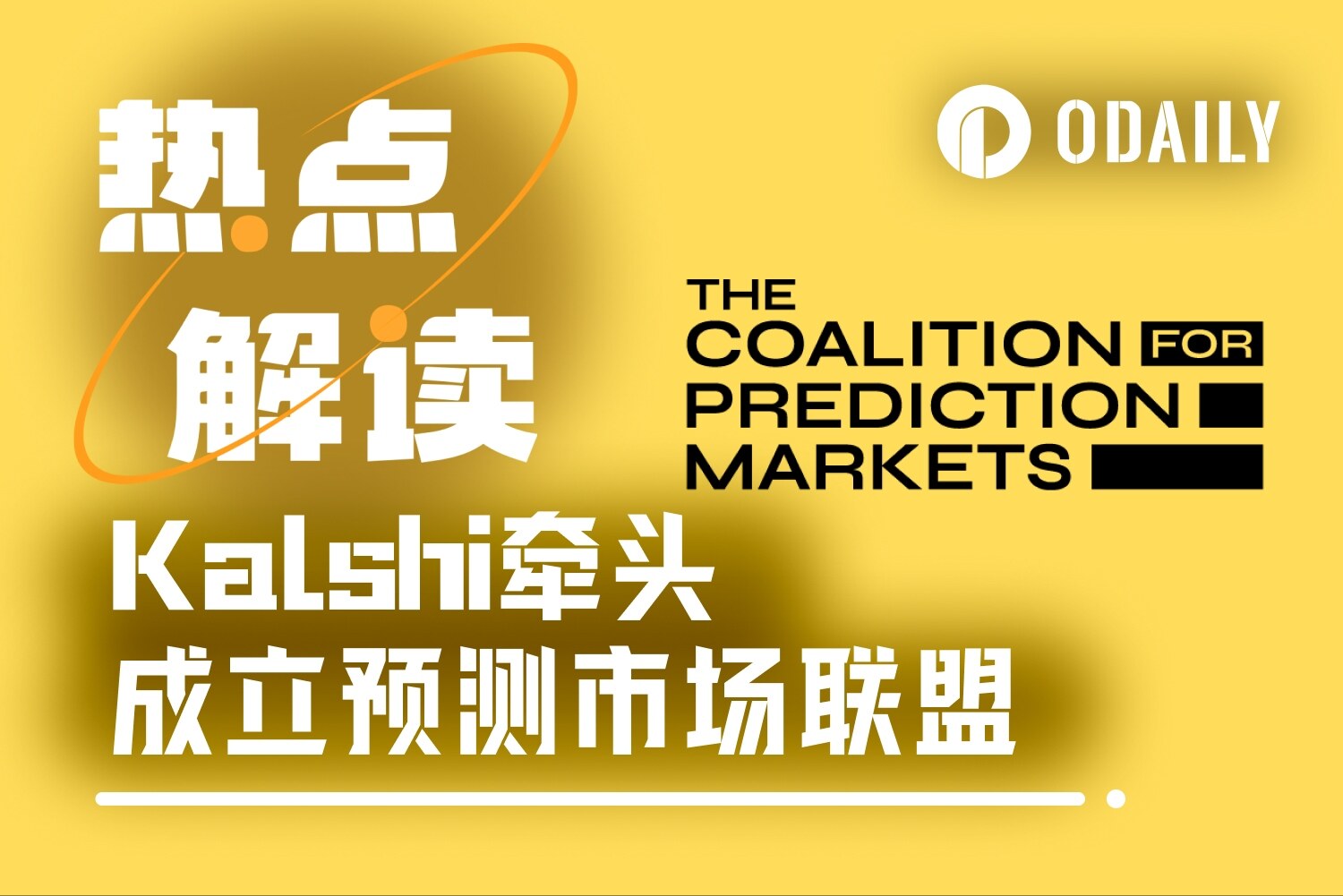veDAO: One year after the merger, where is Ethereum now?
The crypto world is moving so fast that the Ethereum merger feels like a long time ago. But it’s only been a year since the network fully transitioned to using Proof of Stake (PoS). In terms of price, Ethereum is trading at roughly the same price it was at the time of the merger in September 2022, with ETH trading at around $1,600 the day before the merger. But this is just the tip of the iceberg, there are many aspects that have substantially changed since Ethereum changed. In this issue, veDAO Research Institute will take stock of the various changes that have occurred in the year after the merger of Ethereum.
Energy consumption

Before the switch, Ethereum used the same consensus mechanism as Bitcoin to verify on-chain transactions: Proof of Work (PoW). It requires miners to compete to solve complex mathematical equations, and in exchange for participating in an energy-intensive process, miners are rewarded for doing so. But when Ethereum moves to PoS, it means that validators, not miners, need to stake Ethereum to secure the network in exchange for rewards. One of the most significant impacts is the reduction in Ethereum’s energy consumption. A report from the Crypto Carbon Ratings Institute (CCRI) stated that Ethereum now uses approximately 99.99% less energy than before the merger was completed, which means that the carbon footprint of the Ethereum network has been reduced by 99.99%.
Cryptocurrencies have gained a reputation in the mainstream media for being energy-hungry. Therefore, environmental-related factors including ESG ratings will be factors that hinder the adoption of cryptocurrencies. Cryptocurrency initiatives by financial institutions ranging from BlackRock to Fidelity have also been in the spotlight due to environmental concerns about cryptocurrencies. The merger of Ethereum has made these opposing voices meaningless.
Liquidity Staking
Since the Ethereum merger, the amount of Ethereum pledged has almost doubled. According to the Dashboard created by Dragonfly data analyst @hildobby on Dune, the number of ETH pledged in the current Ethereum deposit contract has exceeded 26.96 million, with a pledge rate of 22.44%.
Link:https://dune.com/hildobby/eth2-staking
But Ethereum’s upgrade also raised concerns about centralization and censorship. This comes amid concerns that control of validating transactions on the network could be siled into the hands of a few, whether it be companies like exchanges or projects that make it easier for users to pool funds and earn staking rewards. Prior to the Ethereum merger, some were particularly concerned about exchanges such as Coinbase due to U.S. sanctions on the currency mixing service Tornado Cash, as Coinbase had funded a lawsuit by a group of Tornado Cash users against the U.S. Treasury Department and OFAC (U.S. Treasury Department’s Office of Foreign Assets Control). And participate in staking. The fear of centralized entities censoring transactions to maintain compliance makes apps like Lido Finance a better choice when it comes to decentralization.
However, Lido now accounts for approximately 32.3% of all staked ETH, and it is now considered a potential weakness in the Ethereum ecosystem when it comes to decentralization, which has some community members concerned. They say Lido’s growing influence is undermining the decentralized nature of Ethereum as a whole.
According to CoinGecko data, STETH performs well in terms of liquid pledged tokens, with a market value of US$13.8 billion. Rocket Pool ETH (RETH), the second largest token in Ethereum by market value, has a market value of US$912 million.
Nonetheless, liquidity staking has been a major source of decentralized finance growth. Liquidity staking enables ETH holders to stake their tokens to receive rewards and still be able to leverage the value of Ethereum through the corresponding tokens issued and pegged to their price. Although the value of underlying assets on decentralized exchanges has declined since the merger, liquidity staking continues to thrive.
Extended solutions
The merger was not intended to increase Ethereum’s speed, so Ethereum’s average TPS (transactions per second) has mostly hovered around 10 since last September, according to analytics site L2Bate. Still, it sets the stage for whats to come. According to the Ethereum roadmap vision laid out by Vitalik Buterin before the merger last July, this “surge” is a series of planned post-merger upgrades that are expected to improve Ethereum’s scalability.
However, scaling solutions designed to address Ethereum’s current limitations are increasingly appearing in cryptocurrencies as well. According to data from L2B eat, the average TPS between all Ethereum L2 networks now exceeds 50, which is a significant improvement over last year.
Combined, the well-known L2 networks zkSync Era, Optimism and Arbitrum Nova have a total of more than 61 million transactions in the past 30 days. This is double the number of Ethereum transactions in the same time period. It can be said that the merger of Ethereums underlying security has contributed to the recent emergence of L2 technology. Overall, this merger really sets the stage for further scalability enhancements.
U.S. Securities and Exchange Commission (SEC)

Meanwhile, staking has become a regulatory hot spot in the United States, with the SEC pursuing several cryptocurrency exchanges that offer services that help users earn rewards on the network.
Kraken reached a settlement with the SEC in February involving a $30 million fine because its staking-as-a-service program constituted an unregistered securities offering. Similar claims have been made in lawsuits against Coinbase and Binance’s respective staking products. While the SEC implicated some of the tokens in its lawsuit against Binance and Coinbase, claiming they were examples of unregistered securities, some have taken note and questioned why the regulator has not classified tokens using PoW as illegally issued assets.
But U.S. regulators remain divided over how to classify Ethereum. The result is an apparent turf war between the two largest financial regulators, the SEC and the Commodity Futures Trading Commission (CFTC): CFTC Chairman Rostin Behnam said in March that ETH was a commodity; while in February, the SEC ’s chairman Gary Gensler once said that “everything but Bitcoin” was a security, then dodged a question about Ethereum in April.
Conclusion
Ethereum’s core developers have been working on plans for Ethereum’s next major upgrade, called the “Dencun Upgrade.” It includes the introduction of a feature called proto-danksharding, which is expected to scale Ethereum to over 100,000 transactions per second once fully implemented. Other features in development, such as account abstraction, will effectively make managing a crypto wallet as simple as managing an email account. Earlier this month, during a presentation during South Korea Blockchain Week, Vitalk talked about a feature called “Stateless Clients” that would make it possible to run Ethereum nodes on smartphones.
Link:https://ethereum.org/en/roadmap/danksharding/
In retrospect, this merger seems like a bland footnote in the crypto history books compared to the turbulence and corporate collapse of the crypto market in 2022. But in terms of the future, this may be a beacon that illuminates the overall direction of Ethereum and restores peoples belief that Ethereum can achieve these major technical upgrades and accomplish some ambitious things; although Ethereum may be slower than we hope, But it ultimately moves forward while staying true to its values.
About veDAO
veDAO is a Web3 investment decision-making platform driven by AI technology. It conducts big data analysis through sentiment indicators and on-chain and off-chain indicators to discover trends and accurately capture Alpha. By building AI advisors, we help users invest efficiently and profit.
Website: https://app.vedao.com/



